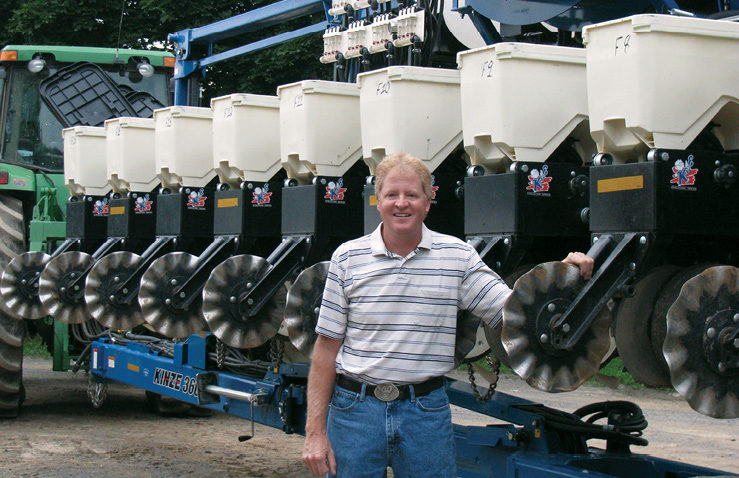No-Till Farmer
Get full access NOW to the most comprehensive, powerful and easy-to-use online resource for no-tillage practices. Just one good idea will pay for your subscription hundreds of times over.

Plugging the lowest leak in the fertility barrel to boost yields and cut waste is the goal Dean James set for the 1,250-acre farm he manages. But achieving that goal requires creating a detailed fertility picture.
“It’s important to know exactly what your plants need and feed those needs instead of just throwing things on and hoping for the best,” says James, a 40-year Danville, Penn., no-till veteran who raises corn, soybeans and hull-less barley for Don Cotner Farms.
In the past, James did everything by the book. He would calculate the nitrogen, potassium and phosphorus removed by the previous crop, based on yield, and apply nutrients to support the yield he expected for the coming season. Those calculations were then backed up with soil testing.
“I started thinking about what guys are doing that are getting fantastic yields and wondered how we could get to that next level,” he says. “Phosphorus tests were high, potash was average and we applied enough nitrogen, so I started looking at secondary macro and micronutrients to discover the limiting factor in my fertility program.”
Secondary macronutrients and micronutrients are just as essential to plant growth as macronutrients. If one comes up short, it doesn’t matter how much nitrogen is applied because the plant won’t be able to use it.
Essential micronutrients include zinc, manganese, copper, iron, boron, molybdenum and chlorine.
According to Purdue University, micronutrient deficiencies are being diagnosed more frequently, with the most common deficiencies being zinc in corn, manganese in soybeans…